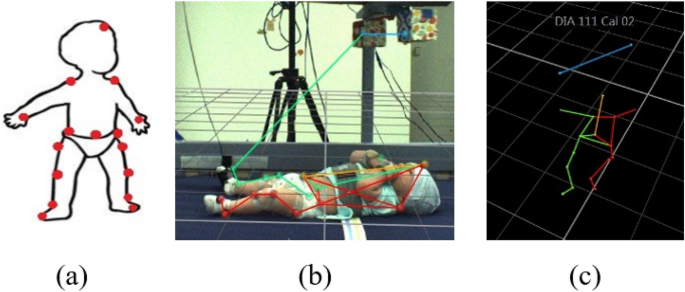
A recent study published in Nature.com has demonstrated how artificial intelligence (AI) systems can detect the awareness of functional relation with the environment in 3-month-old babies [ac5c3604]. The study manipulated infants' functional connection to an object in the environment by tethering their foot to a colorful mobile. Vicon motion capture data from multiple infant joints were used to create Histograms of Joint Displacements (HJDs) to generate pose-based descriptors for 3D infant spatial trajectories. Machine and deep learning systems, including k-Nearest Neighbour (kNN), Linear Discriminant Analysis (LDA), Fully connected network (FCNet), 1D-Convolutional Neural Network (1D-Conv), 1D-Capsule Network (1D-CapsNet), 2D-Conv, and 2D-CapsNet, were used to classify the experimental state from which snippets of movement data were sampled [ac5c3604].
The study found that deep learning approaches, particularly 2D-CapsNet, achieved higher accuracy on full-body features. Measures of foot activity displayed the most distinct and coherent pattern alterations across different experimental stages, indicating that interaction with the world impacts infant behavior most at the site of organism-world connection. The findings suggest that AI systems can provide significant insight into the early ability of infants to actively detect and engage in a functional relationship with the environment [ac5c3604].
This study adds to the growing body of research on AI and infant development. It highlights the potential of AI systems in understanding and analyzing the early stages of human cognition and behavior. By utilizing machine and deep learning techniques, researchers were able to gain valuable insights into the awareness and engagement of infants in functional relationships with their environment. This research has implications for our understanding of infant development and the role of AI in studying human behavior [ac5c3604].